Wasabi and sushi go hand in hand. A single bite of this pea-green paste stings the mouth cavity with a burning sensation in seconds and provides both pain and pleasure to the palate. It's characterized by a spicy aroma and taste but differs substantially from black pepper.
Wasabi can be used not only as a sushi topping but also as an added ingredient to many other specialties. It's used in the preparation of mayonnaise, purees, marinades for meat, potatoes and other vegetables. Most chefs already know the facts listed so far. However, there are some things about wasabi not so widely known. Find out what these are below!
- The Wasabia Japonica farm, which dates back to the 10th century and is located in Japan, continues to cultivate the plant used in the preparation of the green product. It grows naturally in cool, shady, mountainous and river regions in the Land of the Rising Sun but also thrives in the US, Taiwan and China. The plant grows at higher temperatures as well but cannot stand direct sunlight and because of this is difficult to propagate. Hence its higher cost at the supermarket.
- Due to the shortage and increased demand, the majority of wasabi pastes and powders sold in supermarkets contain a flavor that resembles wasabi but which in fact has nothing to do with its actual taste. This flavor is created from a combination of horseradish, Chinese mustard, artificial colors and other components. When buying wasabi, we sure to read the food label. If it doesn't state that it contains wasabi or Wasabia Japonica, you're likely going to be throwing your money away.
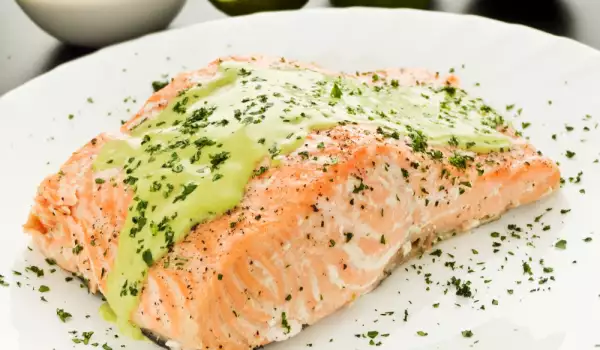
- Wasabi is a member of the Brassicaceae family, among which are cabbage, horseradish and mustard seeds. It is often called Japanese horseradish but this is inaccurate because these 2 plants are extremely different from one another. Wasabi grows in water and the part that's submerged looks like its roots but is in fact its stem.
- Because we consume this product in small quantities we don't get much nutritional value from it, although it's good to know that it does have anti-inflammatory and antimicrobial properties. Plus, it contains calcium, potassium and vitamin C.
- Wasabi paste loses its flavor very quickly. There's a danger of it losing its taste qualities if left uncovered even for just 15 min. As such, it needs to be consumed right away.
- Traditionally, wasabi is grated on a grater made from shark skin, which has the texture of fine sandpaper.
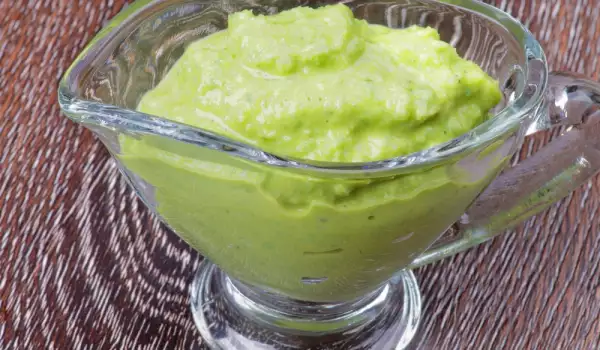
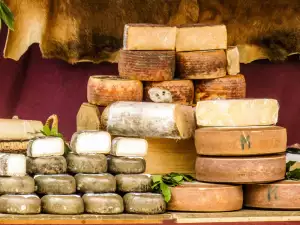


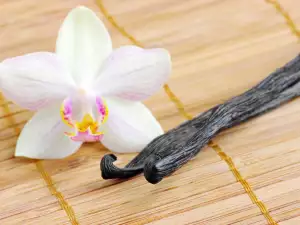
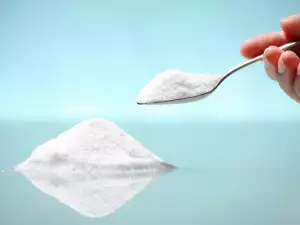


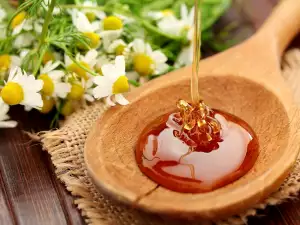

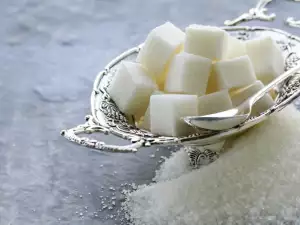




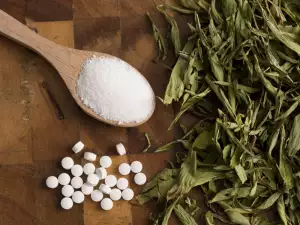


Comments